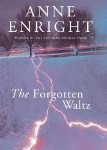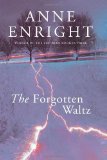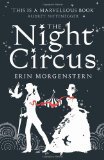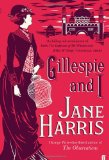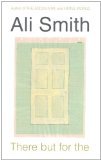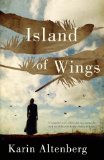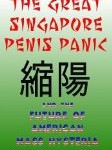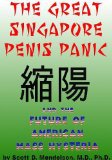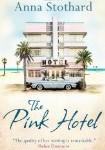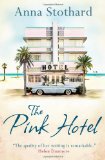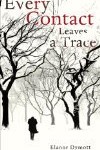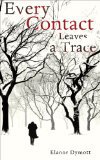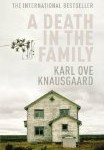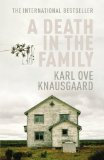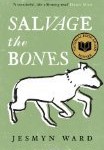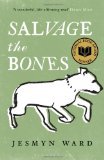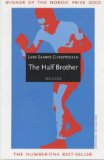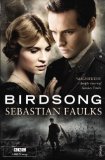The shortlist for the 2012 Orange Prize will be announced at 9.30am GMT tomorrow. I have tried all the books on the longlist and so, as usual, I will try to predict the judge’s choices.
A Year of Happy Books
This year the judges seem to favour happy books. Darker subject matters were occasionally approached, but when done so it was always at a tangent or through emotionally distanced writing. I didn’t need to get the tissues out at all and never had to confront a disturbing scene. This led to my general apathy towards the longlist as I tend to prefer darker reads.
Decisions, Decisions
I found narrowing down the 20 books to 6 a reasonably easy process. The Forgotten Waltz by Anne Enright, There but for the by Ali Smith and Gillespie and I by Jane Harris cruised through to the final six and I’d be very surprised if any of these were missing tomorrow.
My only dilemma came between State of Wonder by Ann Patchett and Half Blood Blues by Esi Edugyan. I wasn’t a big fan of either, but both have the writing quality to justify a shortlisting. In the end I decided to include State of Wonder, because those who love it are very passionate and it seemed to dominate the top of many “Best of 2011” lists. In many ways Half Blood Blues deserves the place more because it has such an original tone and if I was on the judging panel I’d put it through. I could also see them both being included at the expense of either The Night Circus by Erin Morgenstern or Island of Wings by Karin Altenberg, but as I don’t know the individual tastes of the judges I’ll avoid spending too long debating this with myself!
I also think that The Blue Book by A.L. Kennedy is worthy of a space on the shortlist, but I can’t see them choosing two experimental novels and There but for the by Ali Smith is easily the superior of the two.
This means my prediction for the 2012 Orange shortlist is:
Who Will Win?
The winner of the Orange prize will be revealed on 30th May. I’d love to see Anne Enright take the prize, but I suspect that Ali Smith will be triumphant this year.
Who do you think will make it onto the Orange shortlist tomorrow?
